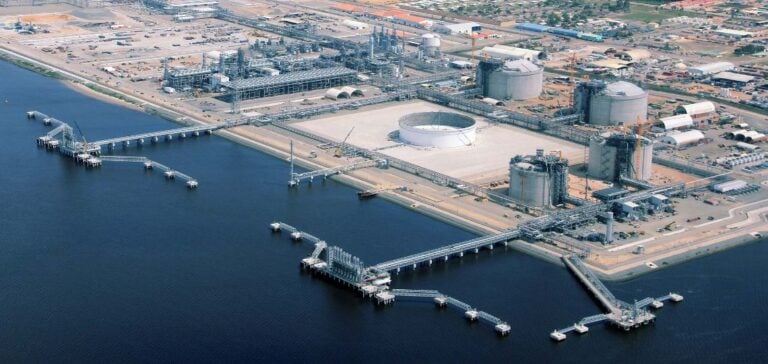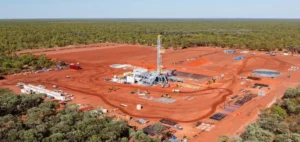Angola has reached a key milestone in its energy development with the launch of production at the Sanha Lean Gas Connection (SLGC) project in Benguela province. This project, part of offshore block 0, aims to supply up to 600 million standard cubic feet of natural gas per day at full capacity.
Initial deliveries, estimated at 80 million standard cubic feet per day, will supply two strategic infrastructures: the Soyo power plants and the Angola LNG facility, which produces and exports liquefied natural gas. This project aims to address the anticipated natural gas supply deficit between 2022 and 2025, estimated at over 10 billion standard cubic feet per day.
A pillar of economic and energy strategy
The National Gas Master Plan (NGMP) is a central roadmap in Angola’s energy strategy. With proven reserves of 55 billion cubic meters in 2023, the country seeks to diversify its revenue sources and reduce its dependency on crude oil. This project aligns with efforts to develop sustainable gas infrastructure and strengthen national energy independence.
Between 2019 and 2023, the average natural gas production was approximately 9.29 billion standard cubic feet per day, according to Statista, while local demand reached 20.89 billion. The SLGC project directly contributes to reducing this gap while supporting the country’s energy transition ambitions.
A key role in the energy transition
Natural gas is seen as a transitional energy source in Angola’s efforts to reduce its carbon footprint while maintaining competitive economic growth. By increasing domestic production, the government also aims to meet growing domestic demand and secure strategic exports.
Furthermore, the SLGC project attracts international investments to a rapidly evolving energy sector, while consolidating Angola’s image as a key regional player in the gas market. These initiatives not only strengthen the country’s position in the natural gas value chain but also support its ambition to play a pivotal role in Africa’s energy transition.






















